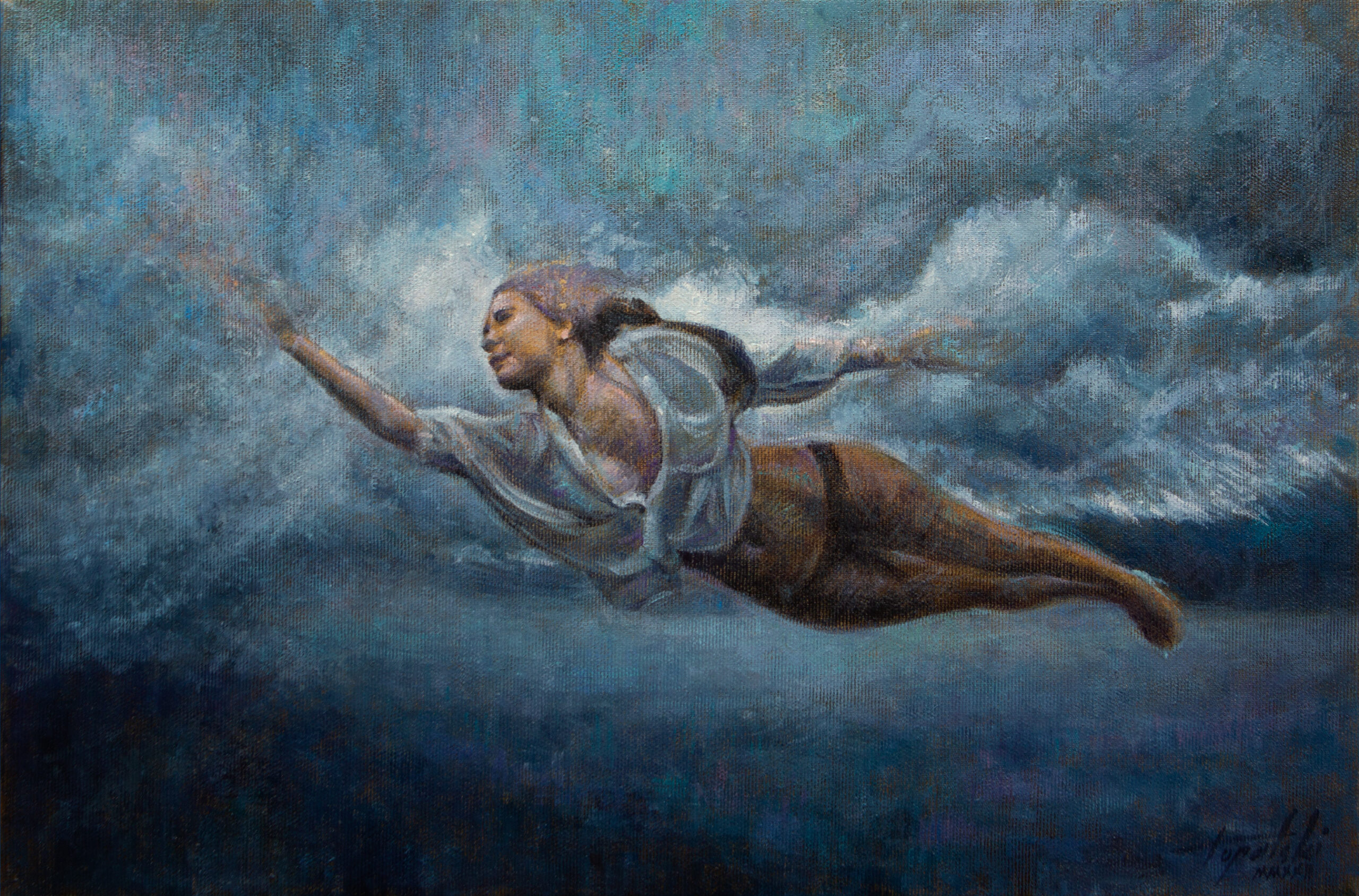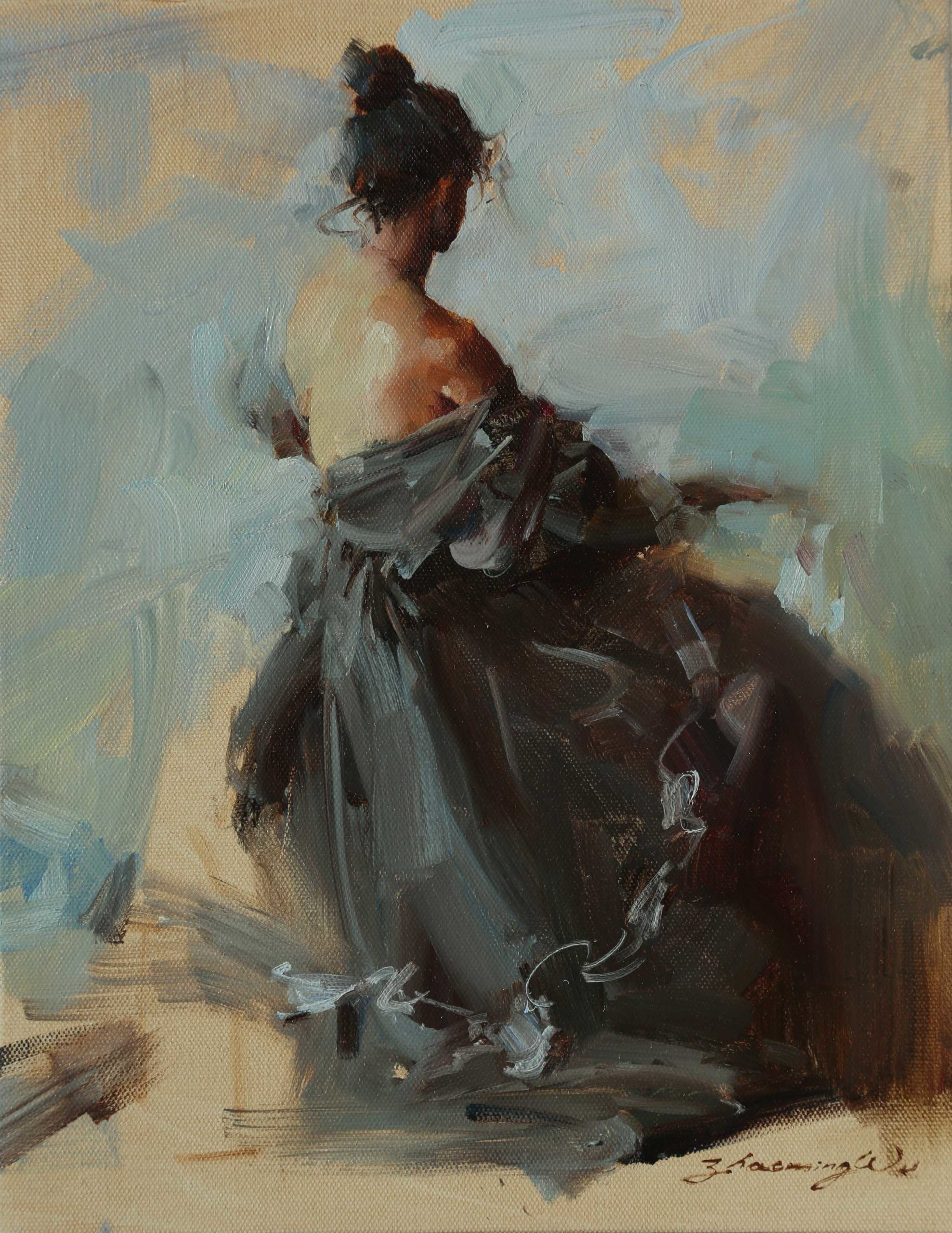The Impact of Figurative Oil Painting on Modern Art and Society
The Impact of Figurative Oil Painting on Modern Art and Society
Blog Article
The Evolution of Metaphorical Oil Paint: Comprehending Its Historical Value and Modern Interpretations
The advancement of figurative oil painting acts as an engaging lens where to analyze the interaction in between artistic expression and historic context. From the careful naturalism of the Renaissance to the emotive power of the Baroque, each age has added layers of significance and technique to this classic medium. Contemporary artists, attracting from this rich heritage, are currently reinterpreting the human figure in methods that challenge typical narratives. As we check out these transformations, one have to take into consideration how the discussion between previous and present informs not just artistic technique however additionally societal representations in a progressively intricate globe.
Origins of Metaphorical Oil Painting
The origins of figurative oil paint can be mapped back to the very early Renaissance in Europe, particularly in the 15th century. The advancement of oil paint enabled for better depth of shade and information, enhancing the realism and vibrancy of their work.

In this transformative era, numbers were often shown within contextually abundant environments, showcasing not only their physical attributes yet likewise their mental states. Pioneers such as Jan van Eyck and Titian utilized the medium's versatility, using layering methods to attain luminance and structure. This development helped with the representation of complex materials and the subtleties of complexion, adding to the growth of portrait and narrative scenes.
Moreover, the Renaissance emphasis on humanism fostered an appreciation for uniqueness, which consequently influenced musicians to create even more relatable and dynamic figures - figurative oil painting. As an outcome, figurative oil paint emerged as an effective vehicle for narration and emotional involvement, preparing for future artistic activities and designs
Trick Historic Movements
Considerable historical motions have actually shaped the advancement of figurative oil painting, each contributing unique ideologies and techniques that broadened the tool's possibilities. The Renaissance noted a pivotal minute, stressing realism and the human type, with artists like Leonardo da Vinci and Michelangelo pressing the boundaries of anatomical precision and perspective. Following this, the Baroque age brought significant contrasts of light and shadow, exemplified by Caravaggio, that instilled spiritual motifs with extreme emotionality.
The 19th century presented Romanticism and Realistic look, where musicians such as Delacroix and Courbet challenged timeless perfects, concentrating on private expression and everyday life. The development of Impressionism even more changed the medium by highlighting the results of light and shade, leading to a departure from standard depiction.
In the very early 20th century, movements like Expressionism and Cubism redefined figurative painting with abstraction and the exploration of psychological deepness. Each of these activities not just mirrored the societal changes of their times but likewise laid the foundation for modern analyses. The interaction in between these historic activities has actually developed an abundant tapestry of designs and philosophies, influencing modern-day musicians in their search of capturing the human experience on canvas.
Methods and Materials Advancement

Throughout the Baroque duration, techniques such as chiaroscuro and sfumato arised, boosting the emotional vibration of figurative make-ups. Artists started to try out lusters and impasto, controling appearance and brightness. By the 19th century, innovations like the usage of pre-mixed paints in tubes transformed accessibility, enabling musicians to repaint en plein air and capture the fleeting impacts of light.
The 20th century observed the intro of synthetic pigments and mediums, which expanded the combination and altered the uniformity of oil paints. The exploration of brand-new application techniques, such as look at this now palette knives and brushes of varying stiffness, further varied artistic expression. Collectively, these innovations reflect the progressing relationship in between materials, techniques, and the imaginative vision fundamental in metaphorical oil paint.

Contemporary Analyses
Contemporary interpretations of figurative oil paint mirror a vibrant discussion in between custom and advancement, where musicians test developed norms and check out diverse themes. This evolution materializes in numerous means, as modern artists blend classical techniques with modern ideas, often addressing social, political, and personal stories.
Several practitioners draw inspiration from historical jobs, yet they instill their pieces with contemporary perspectives, making use of the human type as an automobile for commentary on identity, culture, and gender. Artists significantly trying out abstraction, distortion, and blended media, which permits for a broader analysis of the number and its context.
Additionally, making use of vibrant color schemes and unique compositions often offers to disrupt typical checking out experiences, provoking critical involvement from audiences. This change in focus expands beyond aesthetic appeals; it reflects an expanding awareness of the intricacies of human experience in an interconnected world.
As figurative oil painting remains to develop, it continues to be a crucial medium for checking out the subtleties of contemporary life, personifying both a respect for heritage and a dedication to progressive thought. The outcome is a rich tapestry of expression that reverberates with the complexities of the modern-day human condition.
Effect on Modern Art
The effect of metaphorical oil paint on modern art is profound, as it has continuously motivated a myriad of artistic motions and methods throughout the 20th and 21st centuries. From Expressionism to Surrealism and beyond, the expedition of the human number has actually remained a central theme, enabling musicians to share intricate feelings and stories. This focus on figurative representation has led to a re-examination of conventional methods, leading to cutting-edge strategies that mix realistic look with abstraction.
Moreover, contemporary artists have embraced metaphorical oil paint as a means to address social and political issues, utilizing the medium to test assumptions of culture, gender, and identification. The rebirth of passion in metaphorical work in recent years reflects a longing for link in a significantly electronic globe, where human experience and emotion are paramount.
Additionally, the dialogue in between metaphorical oil painting and modern art is evident in the additional reading jobs of musicians such as Kehinde Wiley and Jenny Saville, who draw on historic recommendations while infusing their items with modern significance. Ultimately, metaphorical oil paint remains to shape and redefine contemporary imaginative expression, emphasizing its enduring importance in the art globe.
Final Thought
The advancement of figurative oil painting highlights its historic importance and flexibility across different imaginative movements. Eventually, metaphorical oil painting remains a crucial tool for exploring the human experience, reverberating greatly in today's electronic landscape.
The development of metaphorical oil painting serves as an engaging lens via which to examine the interaction in between imaginative expression and historical context.Significant historic movements have shaped the development of figurative oil painting, each contributing unique ideologies and methods that broadened the medium's opportunities.As historical movements formed the trajectory of figurative oil painting, the methods and materials used by musicians have additionally undertaken significant transformations. figurative oil painting.The impact of metaphorical oil paint on modern art is extensive, as it has constantly inspired a myriad of creative movements and methods throughout the 20th official statement and 21st centuries.The development of figurative oil painting emphasizes its historical importance and flexibility across numerous creative motions
Report this page